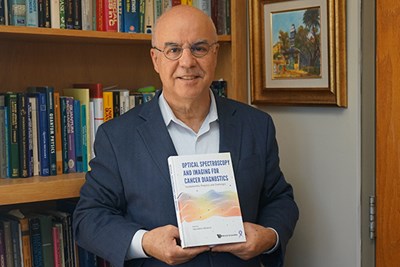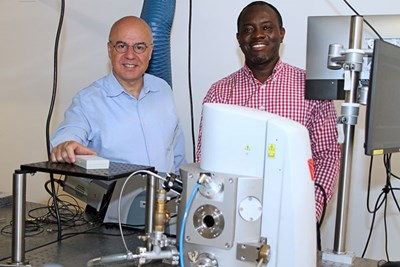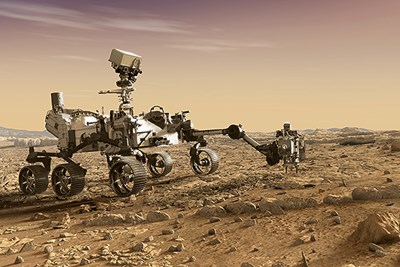Method Sheds Light on Gems Collected from Historical Site in Iran
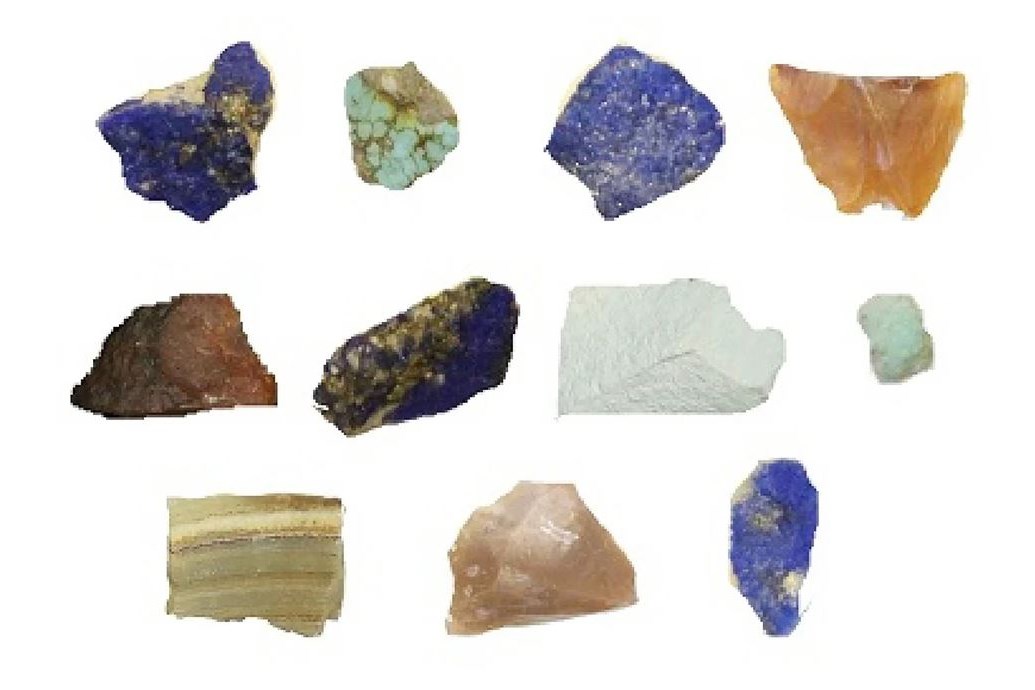 Image by Courtesy
Image by Courtesy
04/18/2024
By Brooke Coupal
Once a thriving city in Iran’s Sistan and Baluchestan Province around 3200 B.C., Shahr-e Sokhteh now stands abandoned.
Shahr-e Sokhteh, which means “Burnt City,” was located at the junction of trade routes crossing the Iranian plateau during the Bronze Age, according to UNESCO, which named the historical site to its World Heritage List. Despite the population deserting the city around 1800 B.C., many structures, burial grounds and artifacts remain well-preserved due to the area’s dry climate. One artifact commonly uncovered by archeologists is gemstones.
A team of researchers from Iran, Italy and the United States set out to discover a minimally invasive way of characterizing Shahr-e Sokhteh gemstones. Their findings, which are published in the Nature Portfolio journal Scientific Reports, provide a new method for gemstone identification.
“Our research shows that science can work across borders, across cultures and across time, even with things that are as old as 3200 B.C.,” says Noureddine Melikechi, the Kennedy College of Sciences dean and a co-author of the paper.
Researchers in Iran gathered gemstones collected from Shahr-e Sokhteh and used a technique known as laser-induced breakdown spectroscopy (LIBS) to measure their elemental composition. The technique involved shooting a laser at the gemstones, which in turn vaporized a tiny portion of the stones that the researchers could then measure.
“The beauty of LIBS is we need just few nanograms to test a sample,” says Melikechi, who also uses the LIBS technique in his lab and is part of a research team using it to study rocks and soil on Mars. “These gemstones are valuable cultural artifacts, and when the laser zaps them, it makes a small dent that you can’t even see.”
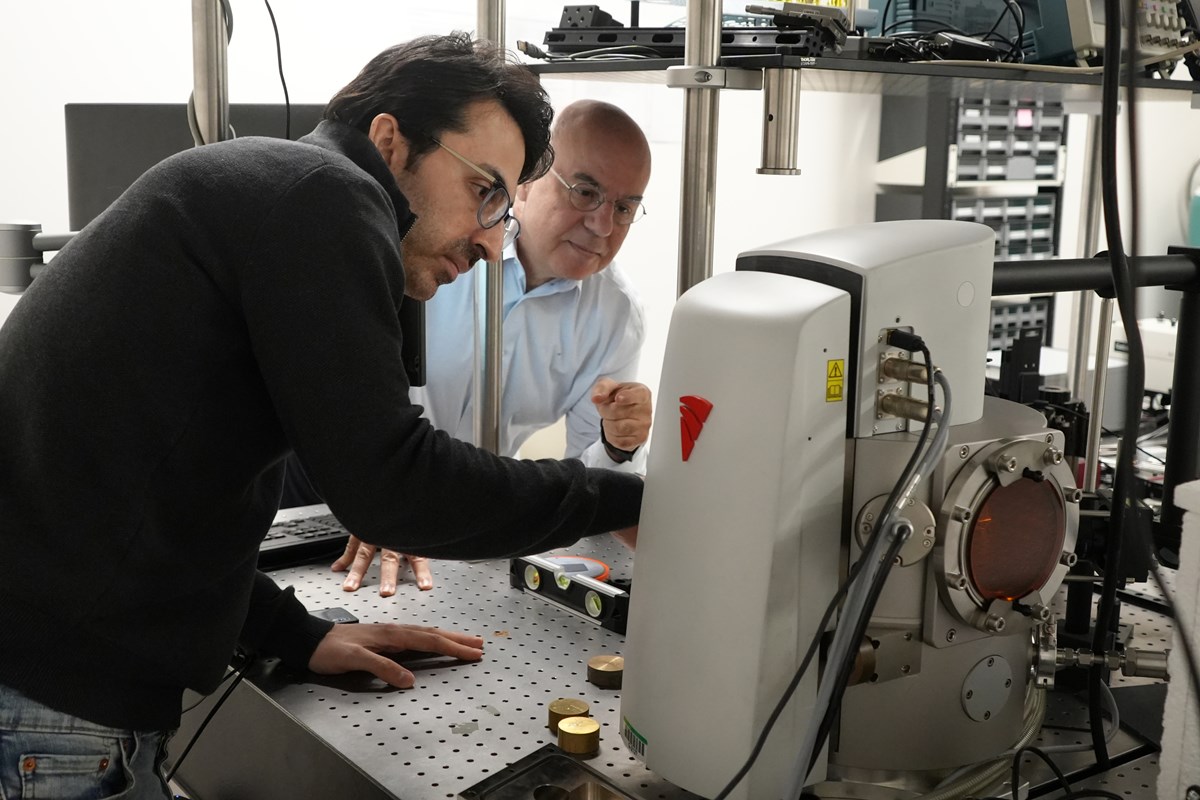 Image by Brooke Coupal
Image by Brooke Coupal
Ali Safi helped measure the elemental composition of the gemstones while studying at Shahid Beheshti University in Tehran, Iran, before coming to Melikechi’s lab as a postdoctoral researcher to analyze the measurements.
“It’s perfect (working in Melikechi’s lab),” says Safi, a native of Iran. “As a young researcher, I’m learning every day.”
Safi and Melikechi, along with researchers from Iran and Italy, used machine learning to compare the data collected from the LIBS technique to existing data on gemstones, allowing them to identify the gemstones found in Shahr-e Sokhteh as turquoises, agates, calcites and azures.
The researchers envision jewelers benefiting from their findings.
“Using this method, they can figure out what type of gems they have with great precision,” Melikechi says. “Our work shows, one more time, the power of combining LIBS and machine learning.”

